Gujarat Earthquake, 2001
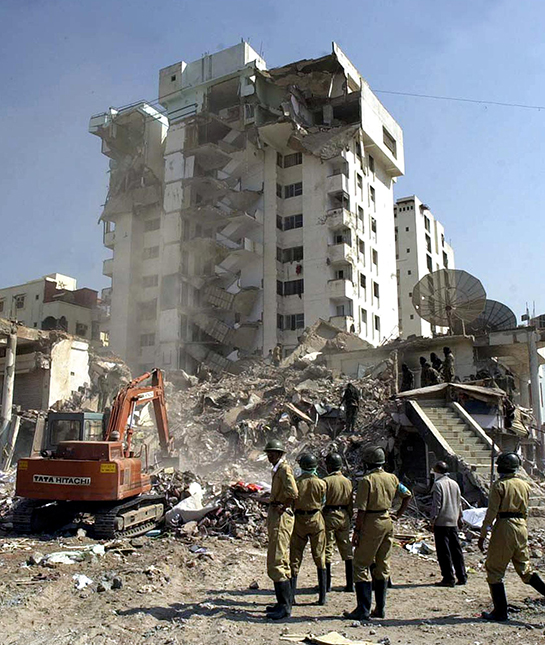
January 26, 2001, was supposed to be a day of celebration, marking India's 52nd Republic Day. Instead, it became a day of mass casualties when 19,727 were killed after a 7.9 magnitude earthquake struck the western part of the country. About 166,000 people were injured, and nearly a million families were left homeless by the two-minute-long earthquake. In total, 21 out of 25 of India's districts were completely ruined.
Tōhoku Earthquake and Tsunami, 2011
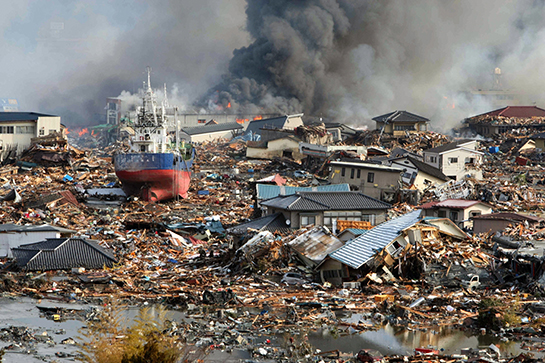
On March 11, 2011, a 9.0 magnitude earthquake hit the East Coast of Japan 231 miles northeast of Tokyo, causing a tsunami with 30-foot waves. The tsunami damaged nuclear reactors in the area, and 100,000 people were evacuated from their homes to avoid radiation poisoning. The earthquake is the fourth-largest earthquake in history, claiming 15,893 lives and causing an estimated 25 trillion yen ($300 billion) in damages.
Central China Floods, 1931
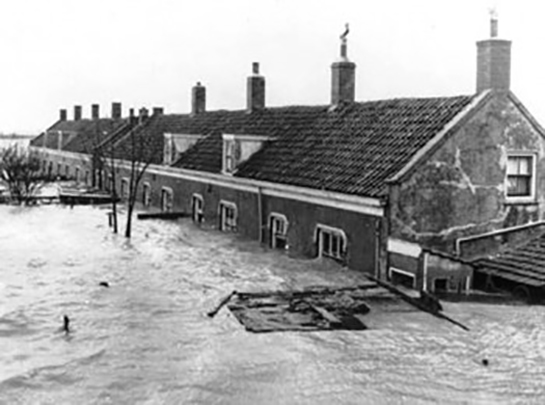
The Central China floods that occurred in July and August 1931 are considered by many to be the greatest natural disaster in history, killing 3.7 million people in total from either drowning, disease or starvation. Heavy rainfall and numerous cyclones caused the Yangtze, Huai and Yellow Rivers to overflow. The situation was made worse when damage to the Yellow River, which was used heavily for trade, severely impacted the country's economy. Weather stations recorded 24 inches of rainfall, and in some areas the water level rose to 16 meters.
Image via EHSQ
Shaaxi Earthquake, 1556
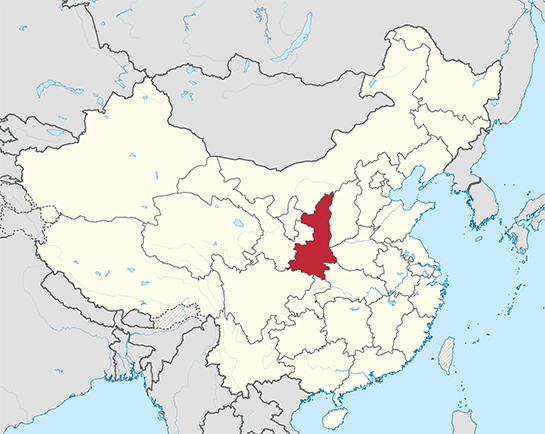
The Shaanxi earthquake, which occurred on January 23, 1556, in the northern part of China, is the deadliest recorded earthquake. The 8.0 magnitude quake flattened mountains, destroyed buildings and damaged rivers, which led to flooding. An estimated 830,000 people were killed, reducing the population by 60 percent in the two provinces.
MORE: Kids Born During Natural Disasters
Image via Wikipedia
Indian Ocean Earthquake and Tsunami, 2004
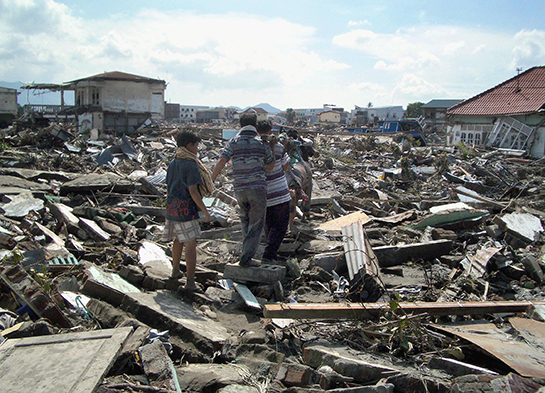
The world was rattled by the Indian Ocean earthquake and tsunami that claimed the lives of 225,000 to 230,210 people on December 26, 2004. The epicenter of the 9.1 magnitude earthquake occurred in the Indian Ocean near Indonesia and caused major damage to 14 different countries. At the time, there were no tsunami warning systems, and many people didn't have time to seek higher ground. Since then, tsunami-detecting systems have been put in place, but according to the United Nations, "critical gaps remain."
Hurricane Katrina, 2005
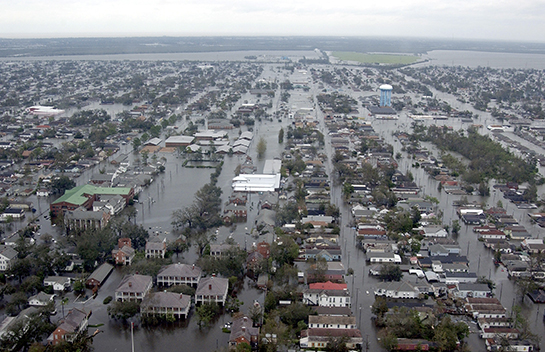
The third-strongest, but most expensive hurricane in U.S. history, Hurricane Katrina, which struck the Gulf Cost on August 29, 2005, cost $81 billion dollars in property damages alone. Including economic damages to Louisiana and Mississippi, the estimation is closer to $150 billion. The storm caused levees to fail, resulting in flooding that covered 90,000 square miles, submerged 80 percent of New Orleans in water and killed 1,836 people. FEMA was criticized for a lack of preparedness and poor management of the disaster, resulting in the eventual resignation of FEMA director Michael Brown.
Mozambique Flood, 2000
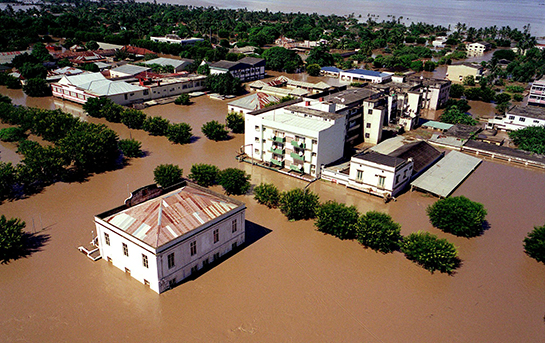
In early 2000, five weeks of heavy rainfall in South Africa led to severe flooding when two major rivers, the Limpopo and Zambezi, broke their banks. In just three days, Botswana received 75 percent of its annual rainfall, and the situation was worsened when two cyclones hit the area at the same time. The floods damaged much of Mozambique's infrastructure, making transportation and access to clean water difficult and leaving up to a million people homeless. Damage to farms and crops severely damaged the economy and contributed to starvation. The Mozambique Government appealed for $76.5 million in aid to cover the costs.
European Heat Wave, 2003
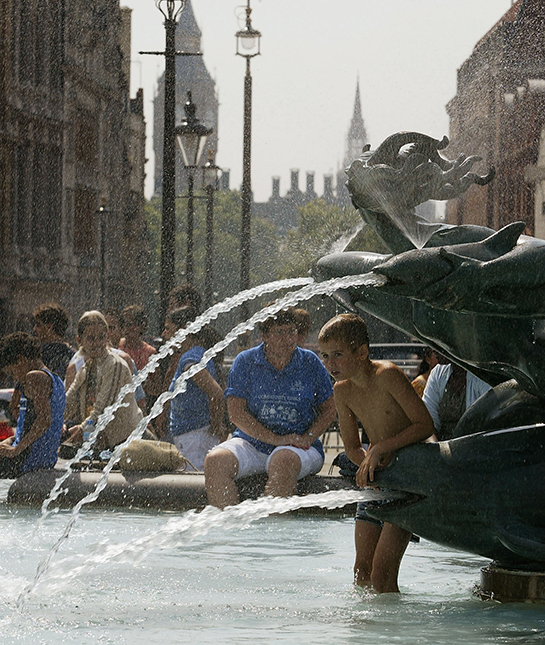
When most of us think of natural disasters we think of tornadoes, hurricanes and floods, but heat waves are responsible for more deaths than all three disasters combined. A heat wave in August 2003 in Europe claimed at least 35,000 lives, primarily affecting the elderly, sick, or very young. The temperatures are the highest ever recorded in the Northern Hemisphere, and the Intergovernmental Panel on Climate Change predicts even higher numbers by the end of the century. The heat led to a drought as well, damaging 75 percent of the Ukraine's wheat crop.
East African Drought, 2011
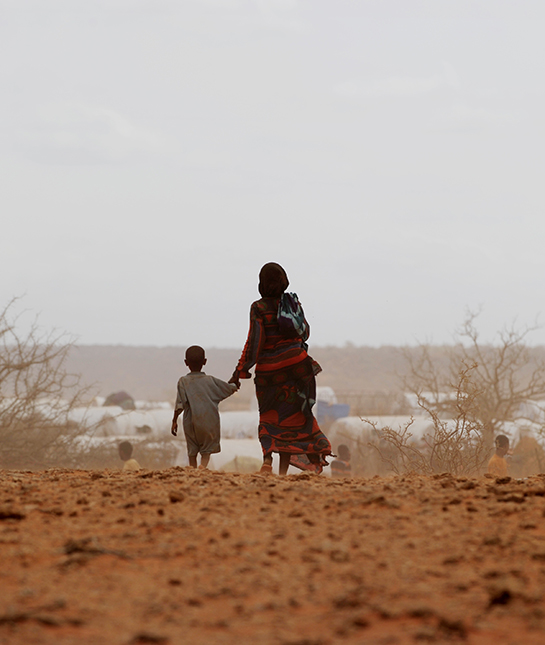
An Eastern African drought in 2011 caused by two years of little rainfall led to a famine that claimed the lives of tens of thousands of people. Refugees from Somalia fled to Kenya, Ethopia, Djibouti and Yemen in search of food and water, causing a massive strain on the already poor countries. An estimated 12.4 million people required humanitarian assistance. Action Aid reported cases of women tying ropes around their waist to minimize feelings of hunger.
Afghanistan Blizzard, 2008
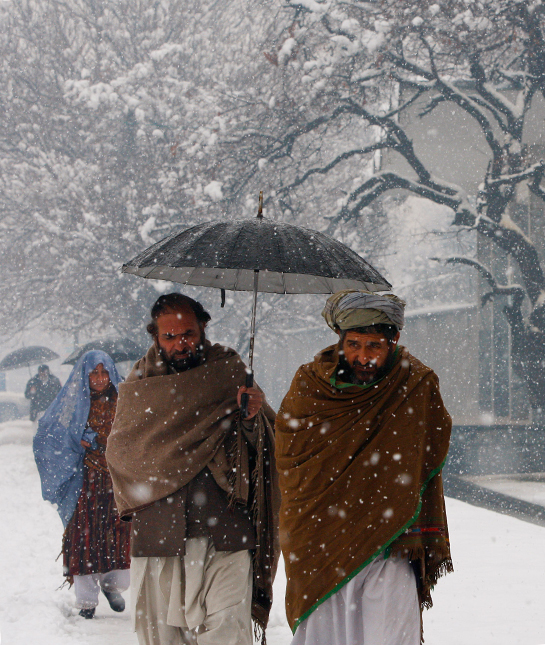
A 2008 blizzard in Afghanistan is the second-worst blizzard in history, with temperatures reaching a low of -33 degrees C (or -22 degrees F). There were 926 casualties, with many people freezing to death, and 100 amputations as a result of frostbite. Hundreds of homes were ruined from avalanches and snowfall, and 315,000 cattle died.
New Zealand Earthquake, 2011
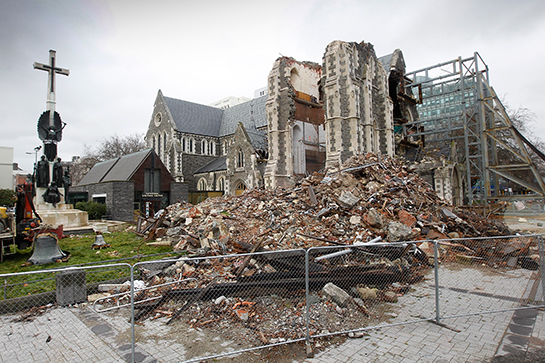
On February 22, 2011, a 6.3 earthquake in New Zealand killed 185 people and injured thousands more. The earthquake's epicenter was just over 6 miles from Christchurch, causing $15 billion New Zealand dollars ($10.4 billion U.S. dollars) worth of damages to the city. A 7.1 magnitude earthquake that occurred five months earlier was larger, but less destructive than the February earthquake because it wasn't as shallow. Additionally, the later earthquake caused buildings that had already been damaged from the earlier earthquake to collapse, which was the primary cause of fatalities.
Bhola Cyclone, 1970
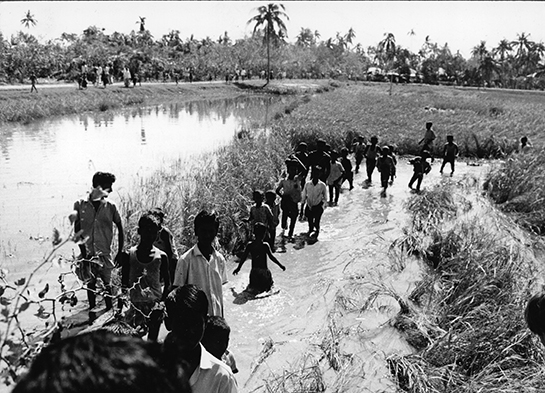
On November 12, 1970 , the Bhola Cyclone—the deadliest cyclone ever recorded—struck East Pakistan (now Bangladesh). While it was only a category 3, 500,000 people died because the area affected was densely populated and close to sea level. The devastating cyclone played a role in the creation of Bangladesh, when the eastern area criticized western Pakistan for responding slowly with aid, encouraging the east to fight for independence.
Tangshan Earthquake, 1976
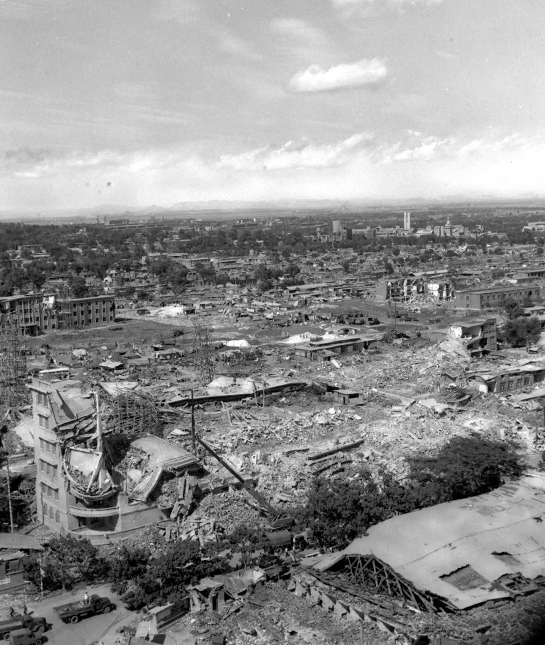
On July 28, 1976, a 7.5 magnitude earthquake struck Tangshan, a Chinese city about 68 miles east of Beijing. Many of the deaths, which numbered at least 242,000 people, was a result of unreinforced masonry homes collapsing while people were sleeping, not allowing for enough time to seek cover. While the earthquake only lasted 14-16 seconds, it was severe, injuring at least 700,000 people, not including casualties. Later that day, a 7.1 magnitude aftershock followed, resulting in more deaths.
The Daulatpur–Saturia, Bangladesh Tornado, 1989
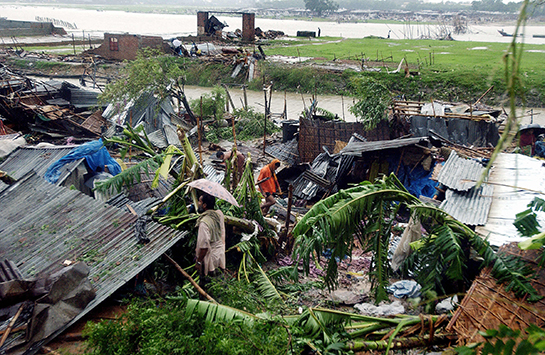
The deadliest tornado in history, the Daulatpur-Saturia, Bangladesh tornado, occurred on April 26, 1989 in the Manikganj District, Bangladesh. It was between 1 to 1.5 mile wide and demolished everything in its path, killing 1,300 people, injuring 12,000 and leaving 80,000 homeless. In total, it caused $1.5 million in damages, but would have been significantly higher had it occurred in a more wealthy area.
Huascarán Avalanche, 1962
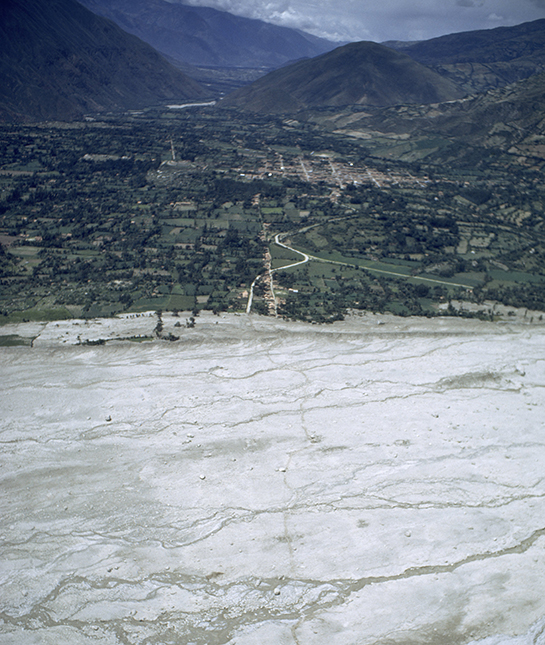
On January 10, 1962, the deadliest recorded avalanche occurred on the slopes of Mount Huascaran in Peru, killing 4,000. A glacier the size of two skyscrapers and weighing 6 tons broke and came barreling down the mountain, burying two towns in 40 feet of debris and ice. Covering 9-1/2 miles in seven minutes, few people had enough time to reach higher ground.



